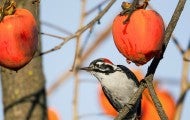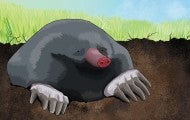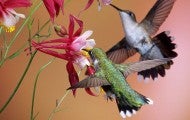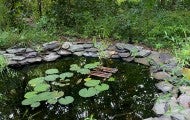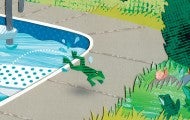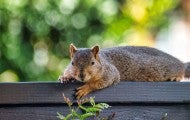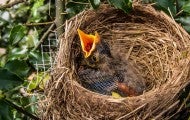Showing 8 of 8 results
By some human standards, my pond is a hot mess. Underneath and around the water lilies are fallen leaves, branches and other debris of decomposing plants. Along the edges, sea oats, sedges and swamp sunflowers hug the rocks. But if humans are picky in their desire for orderliness, frogs are just as...
It seemed like a good idea at the time: Buy a house with a two-acre property, let our energetic herding dog have the run of the place and spend blissful summer days digging side by side in the dirt with her. And it was blissful, watching Mattie carve out her napping spots behind the ferns and tall...
